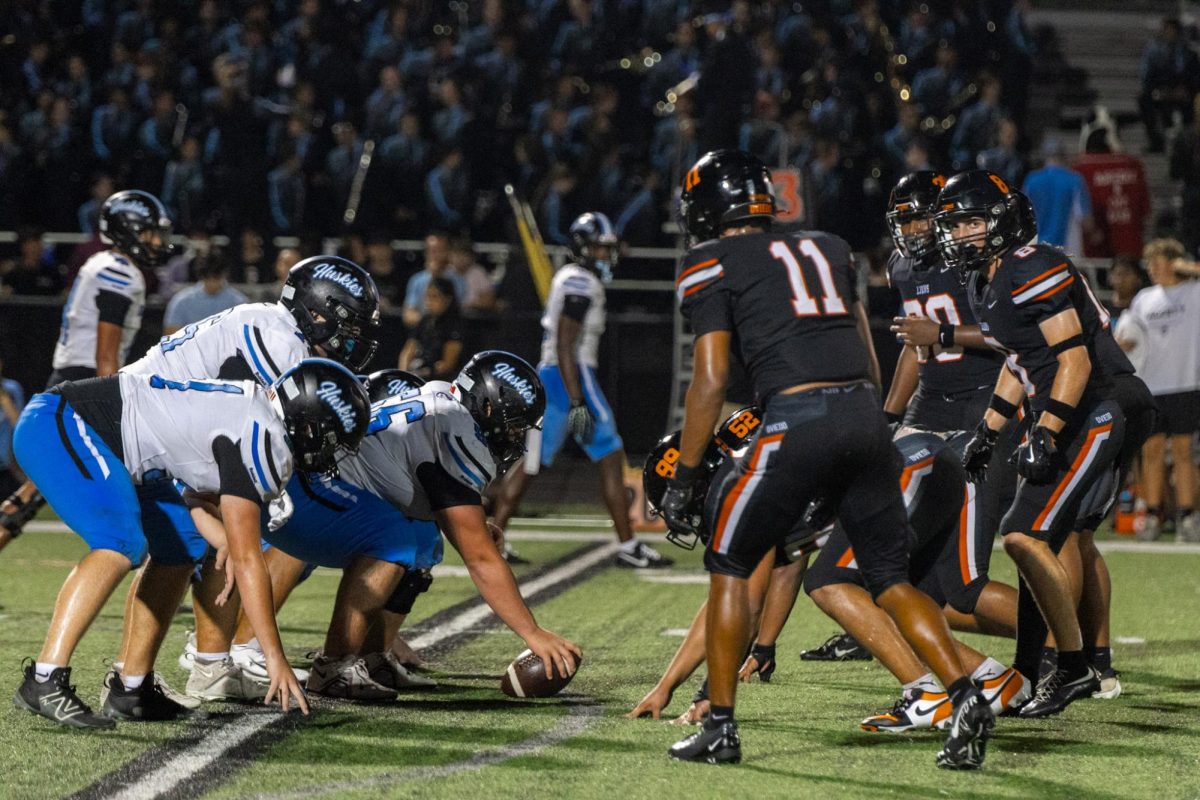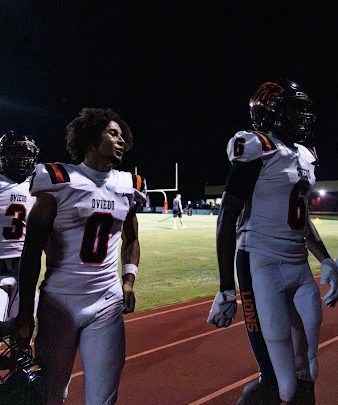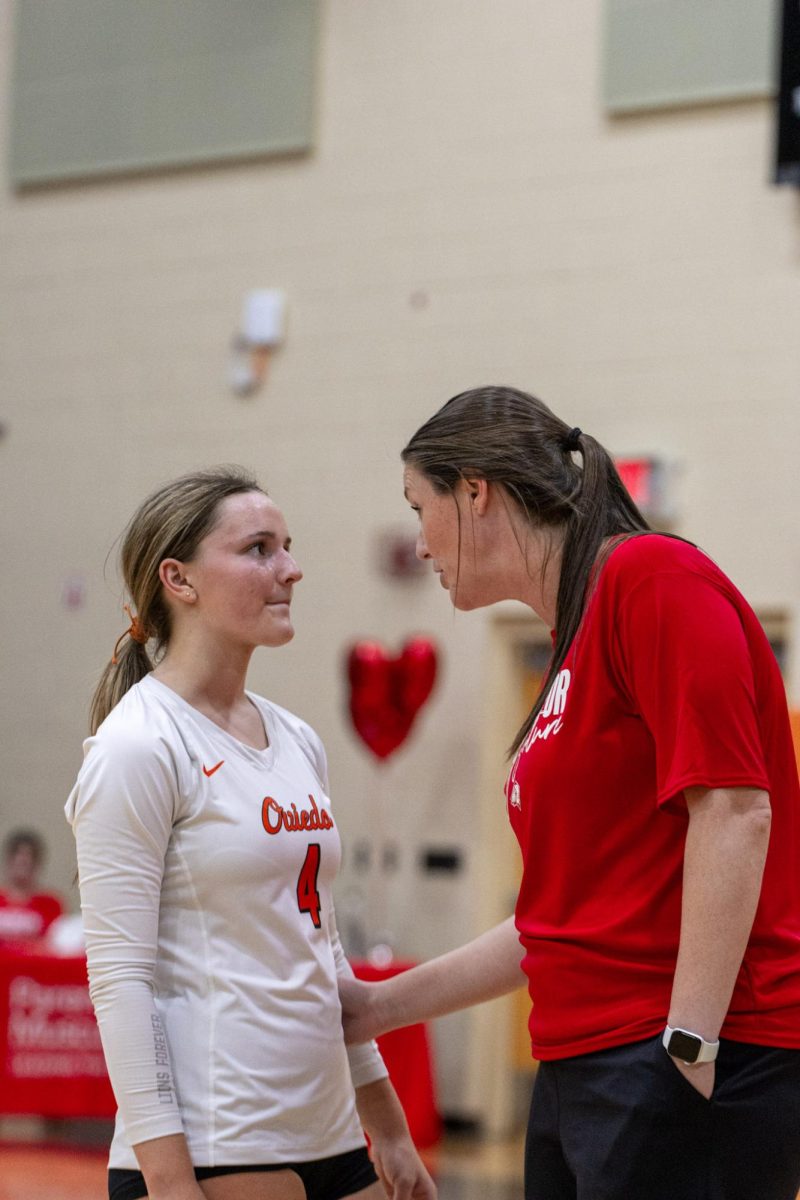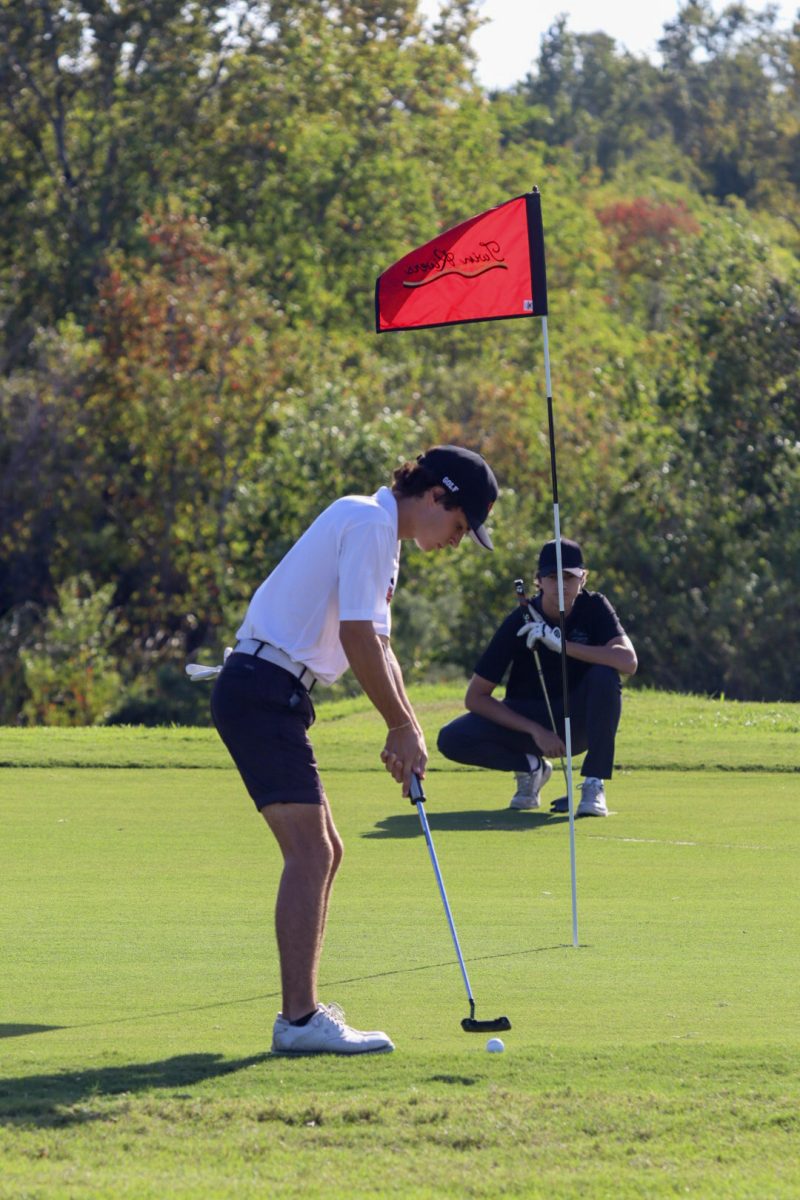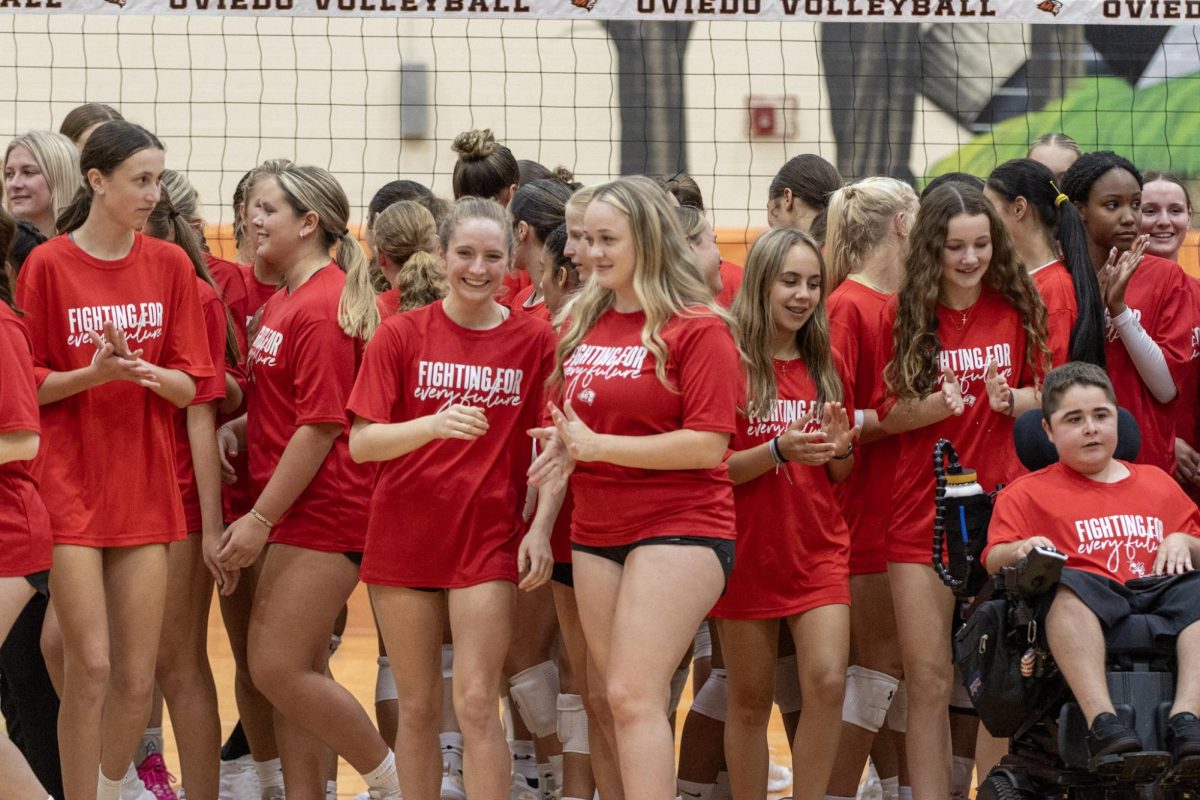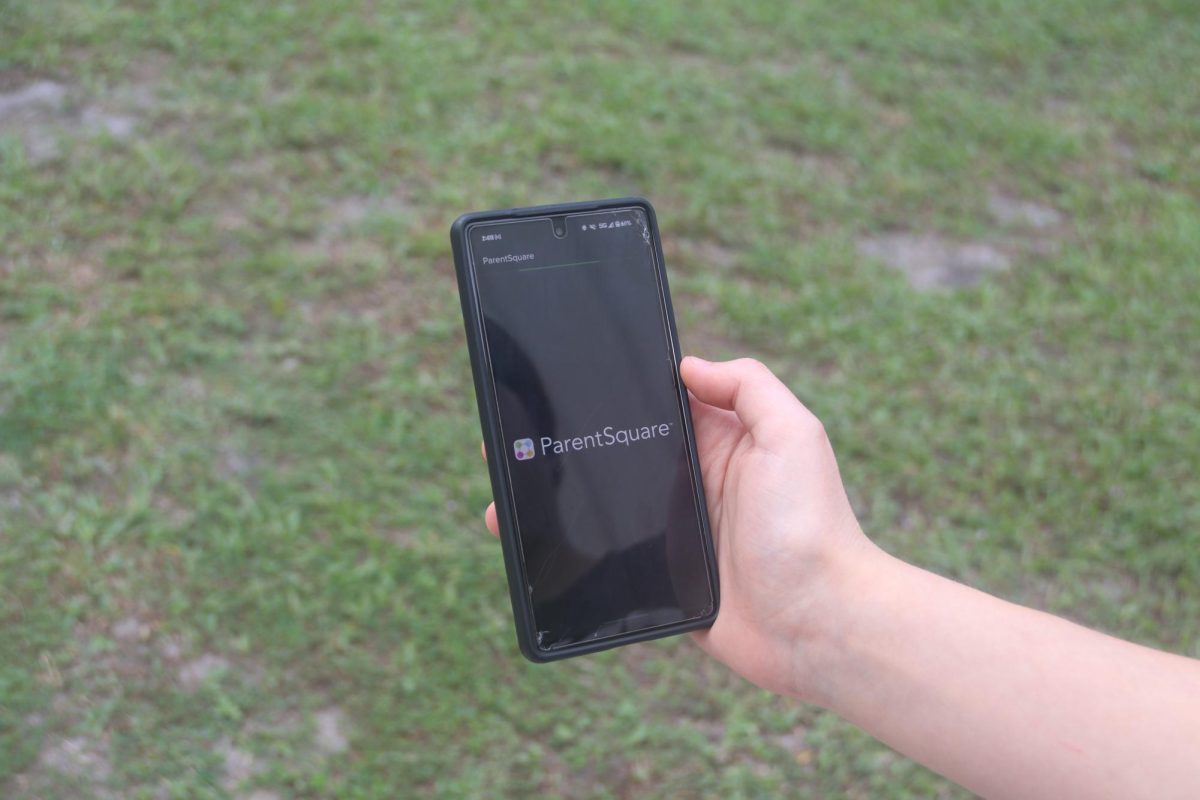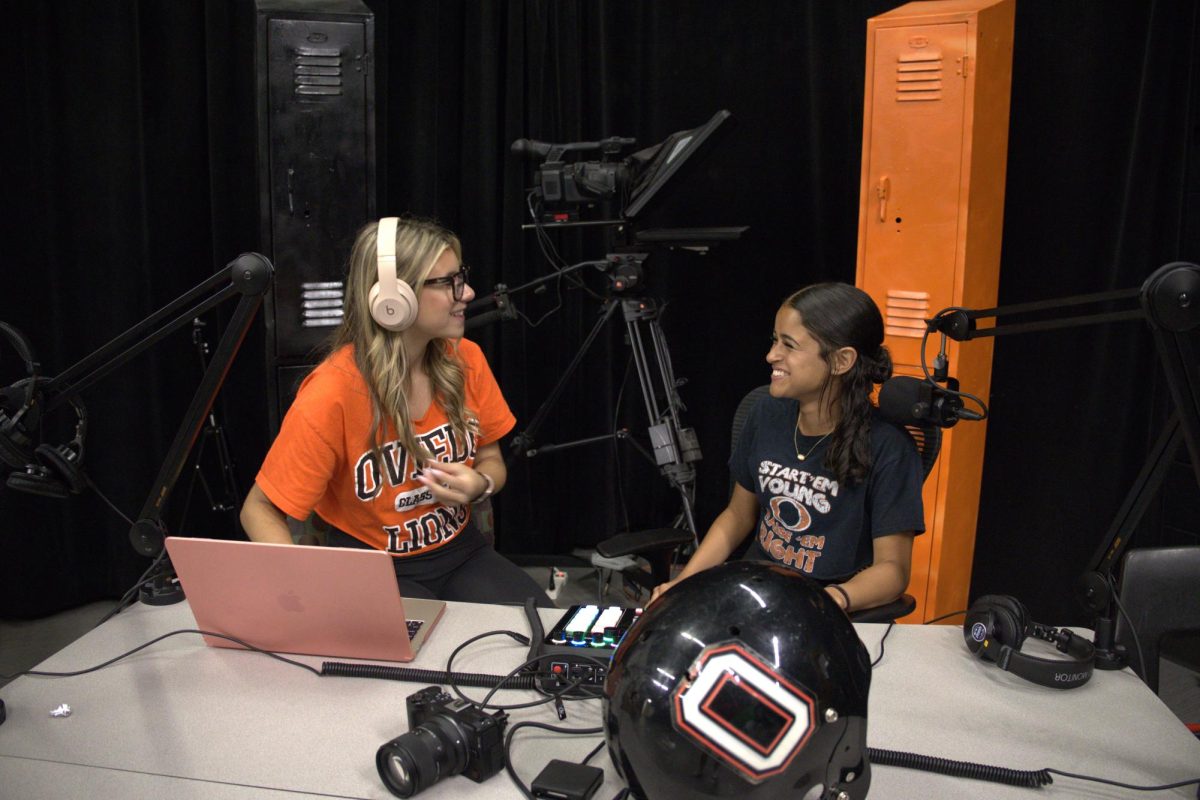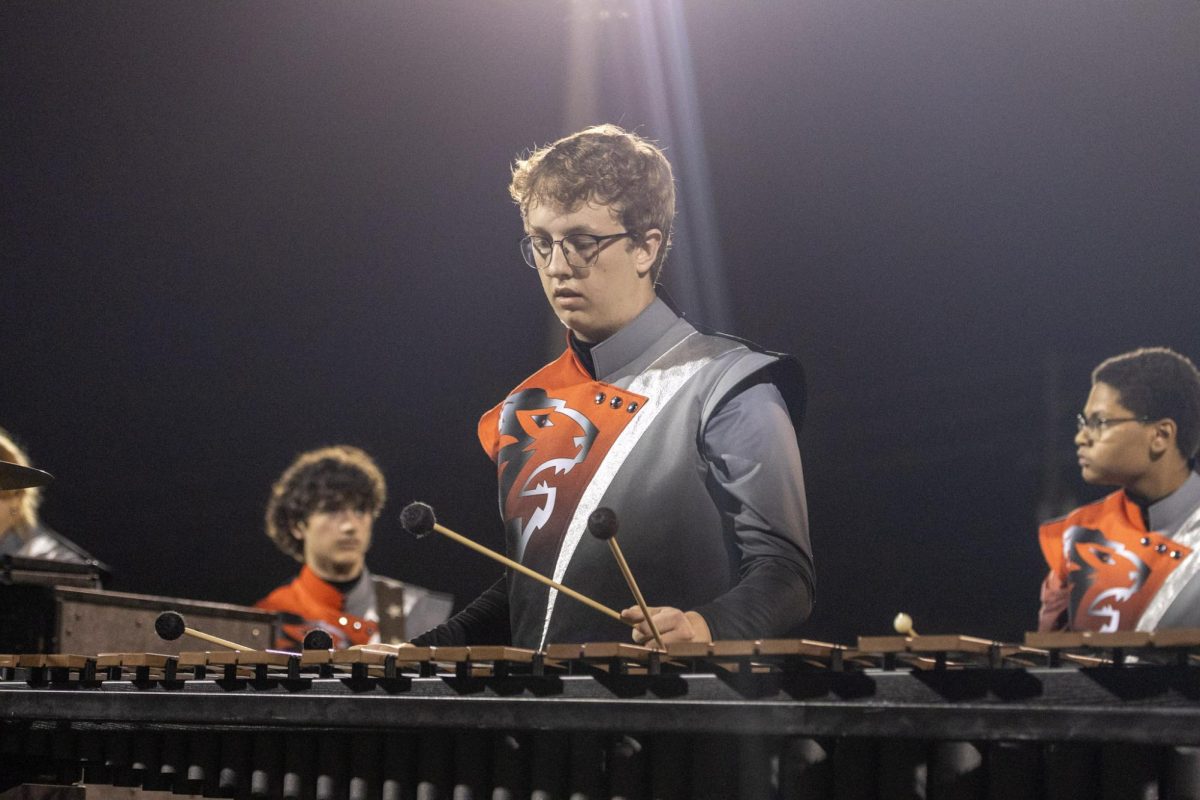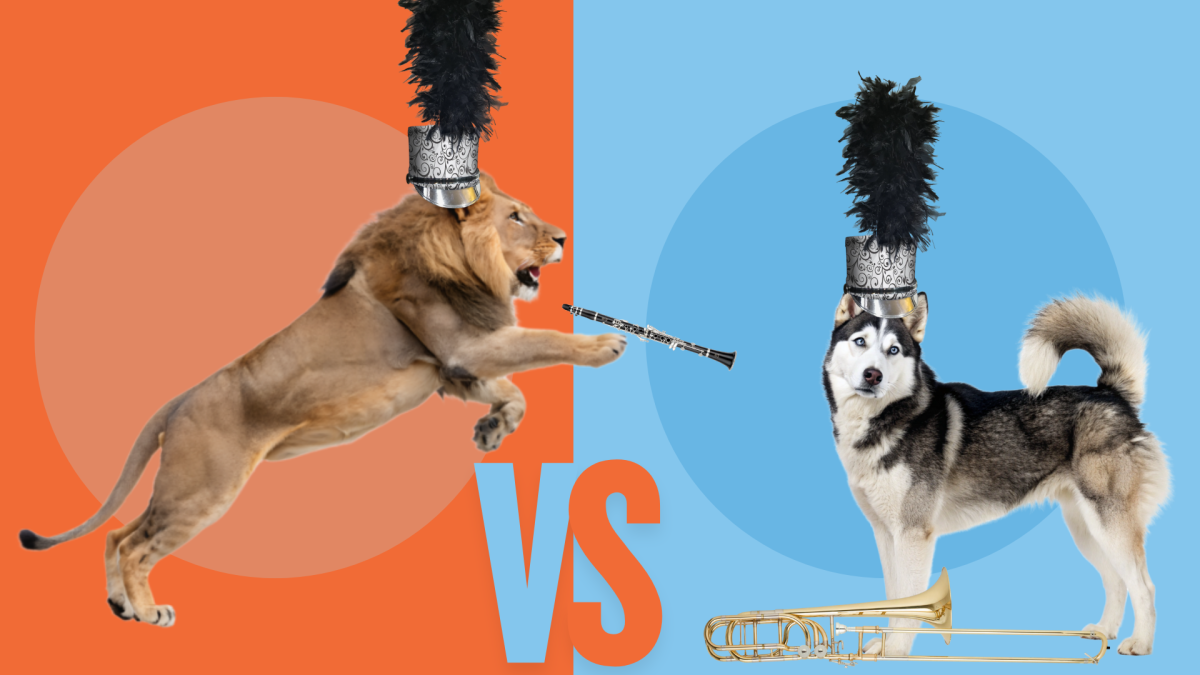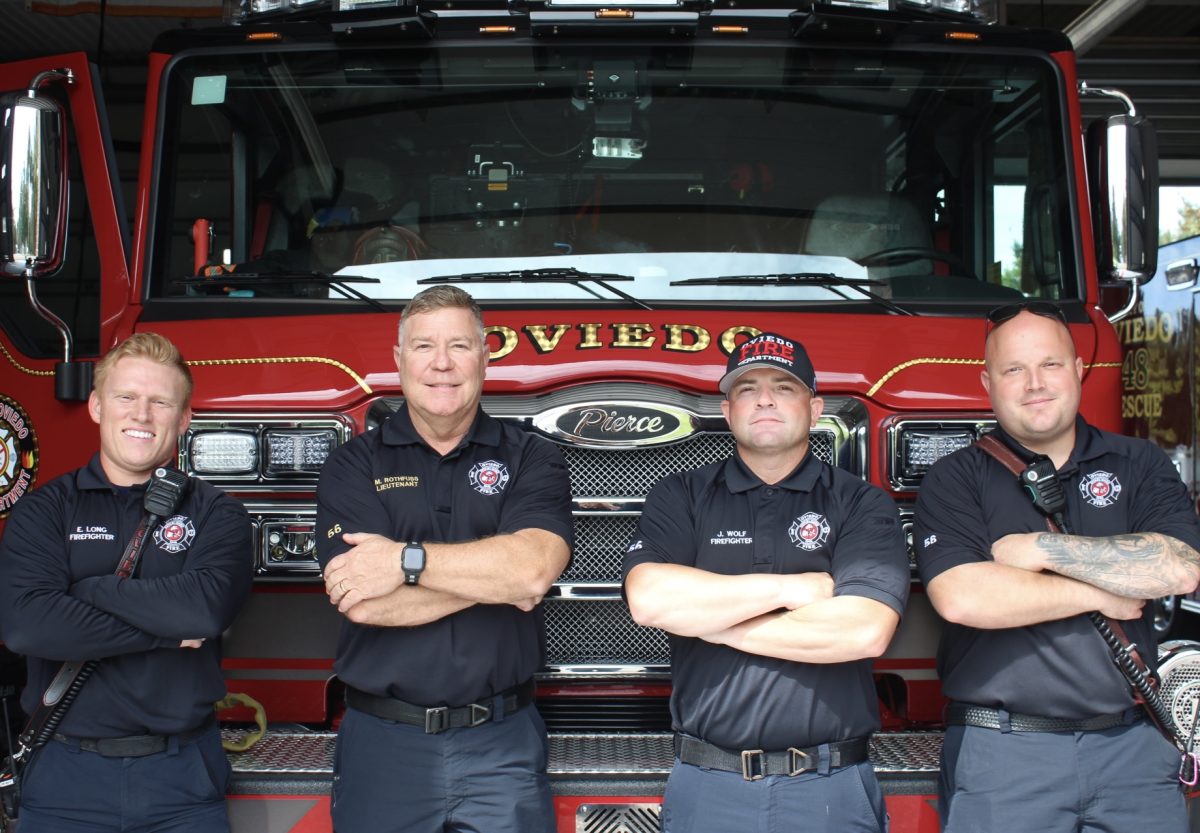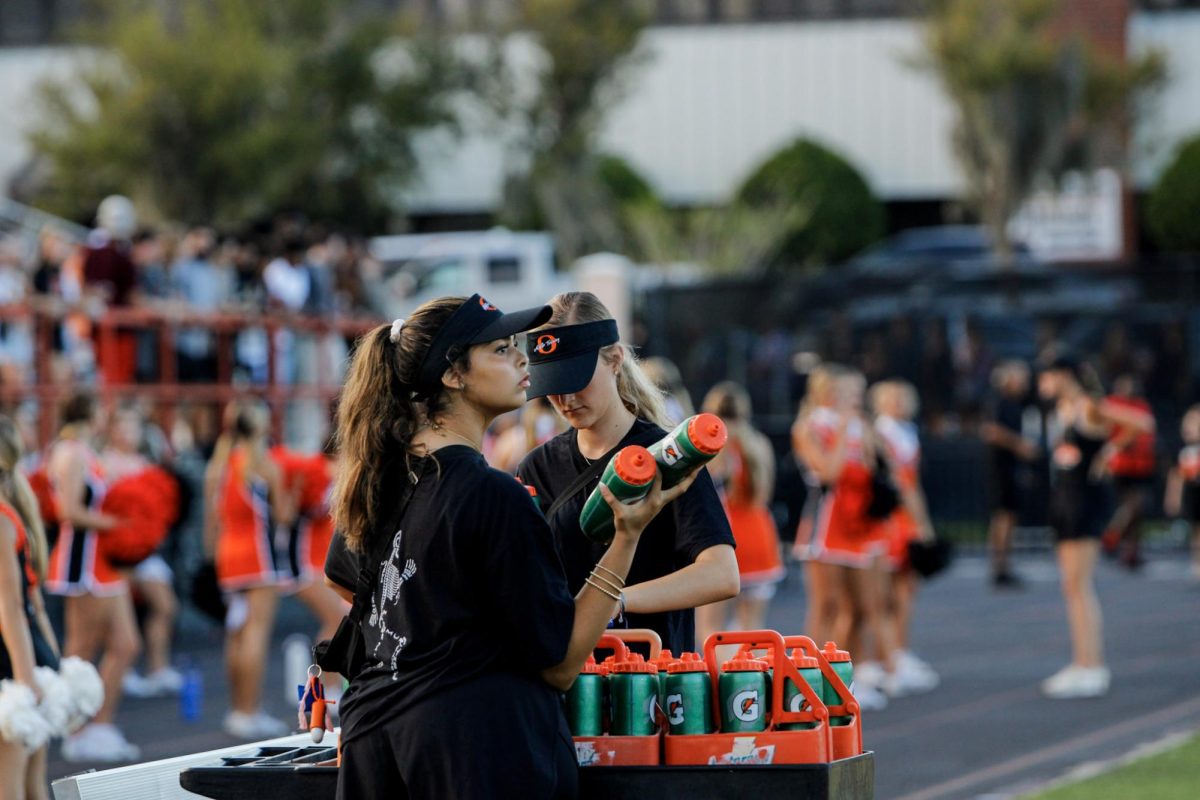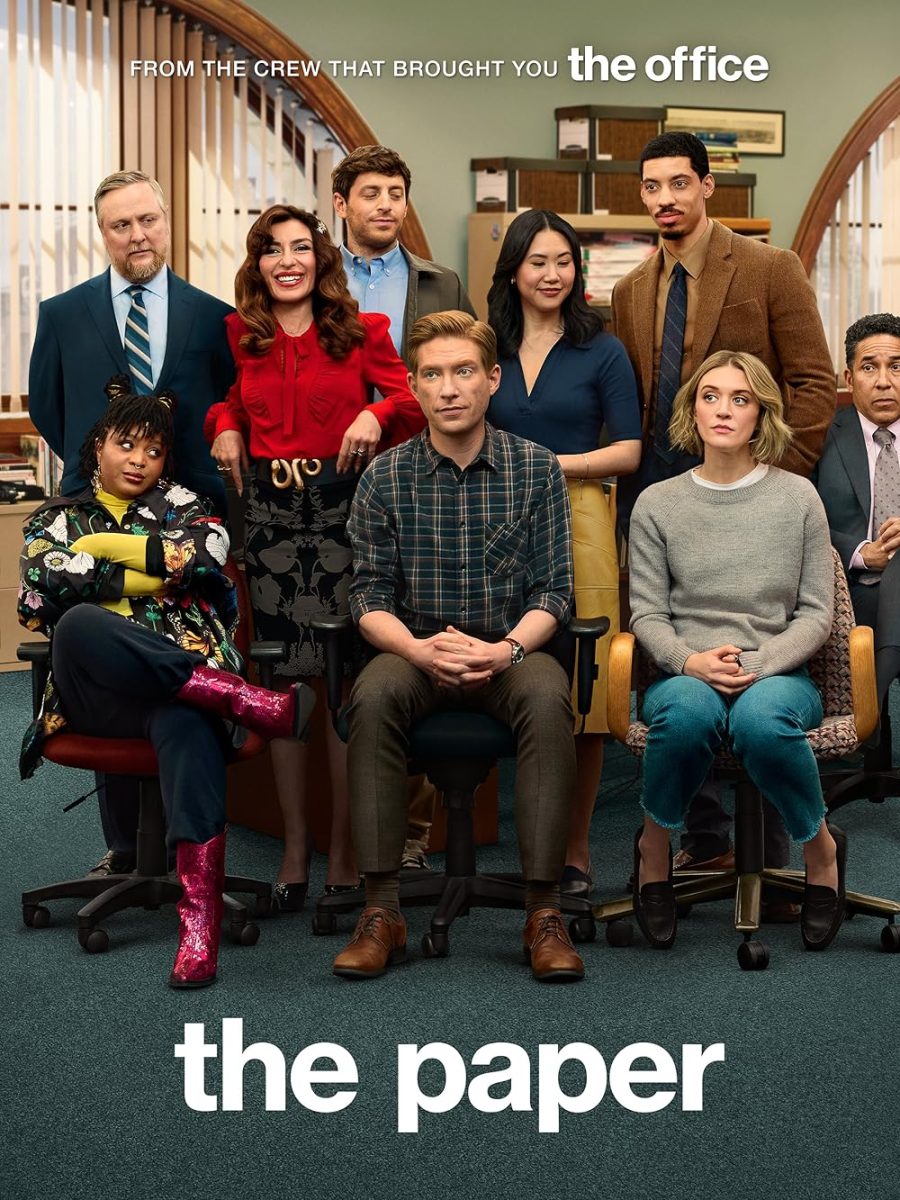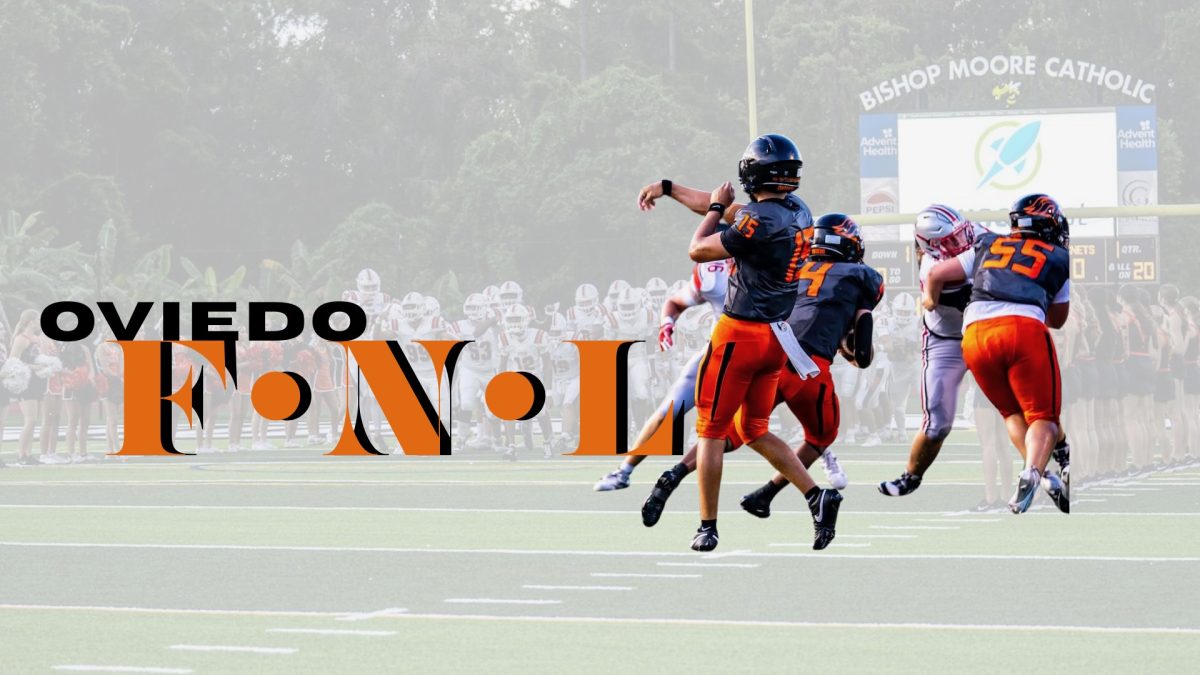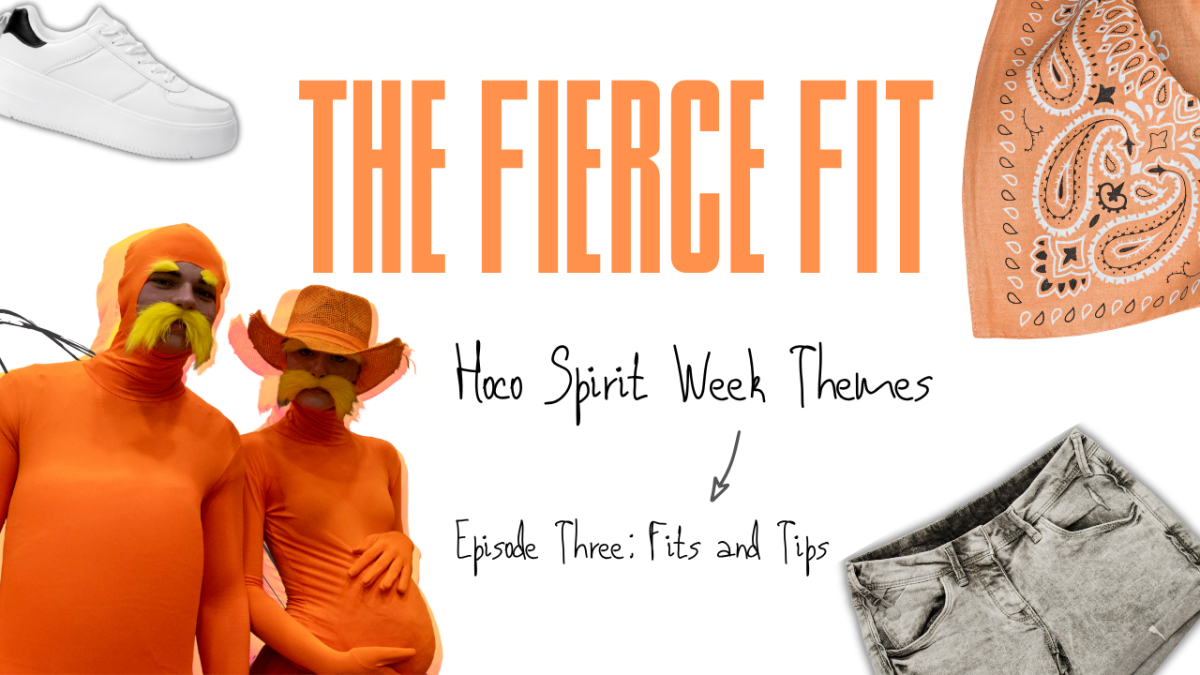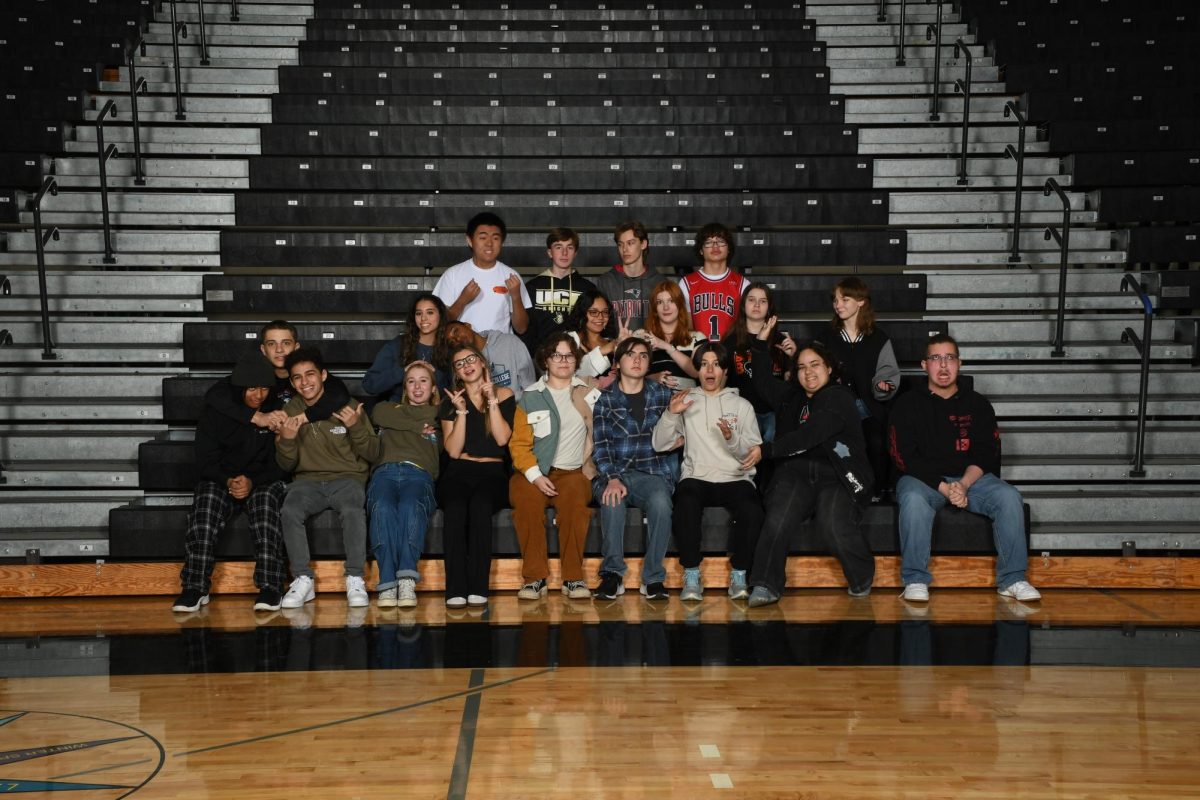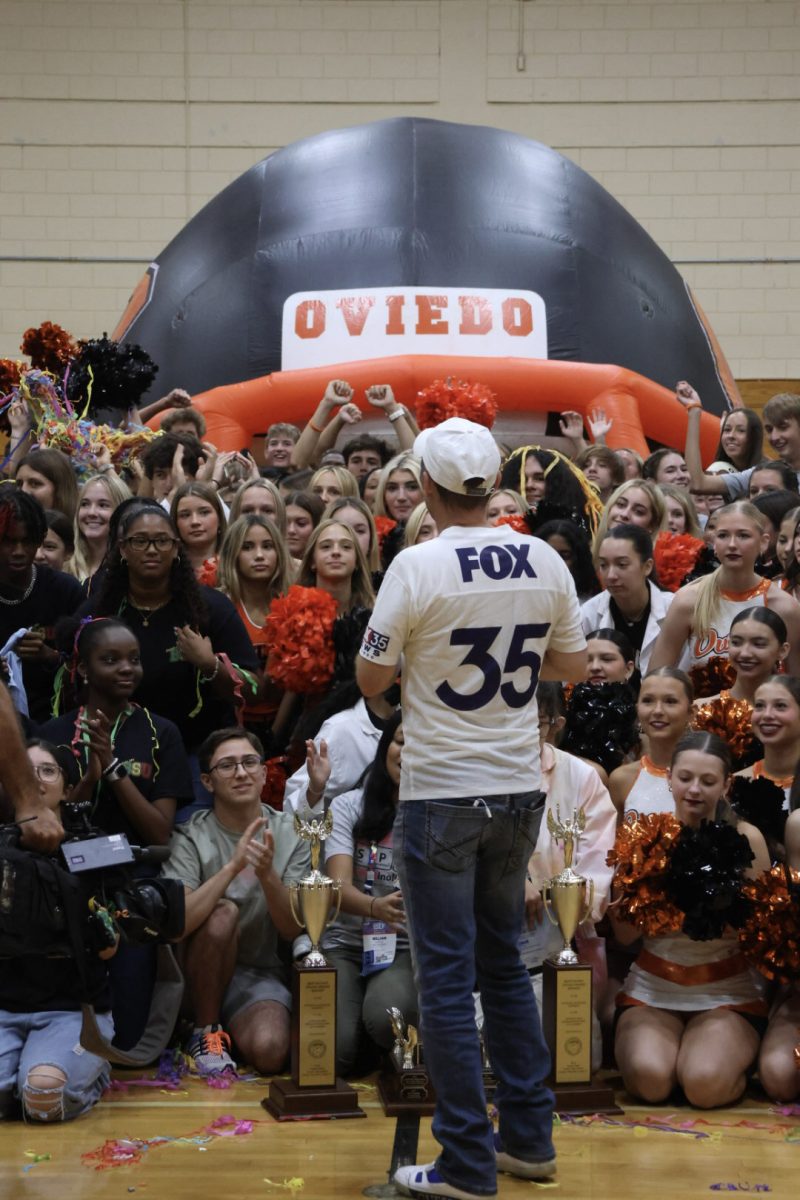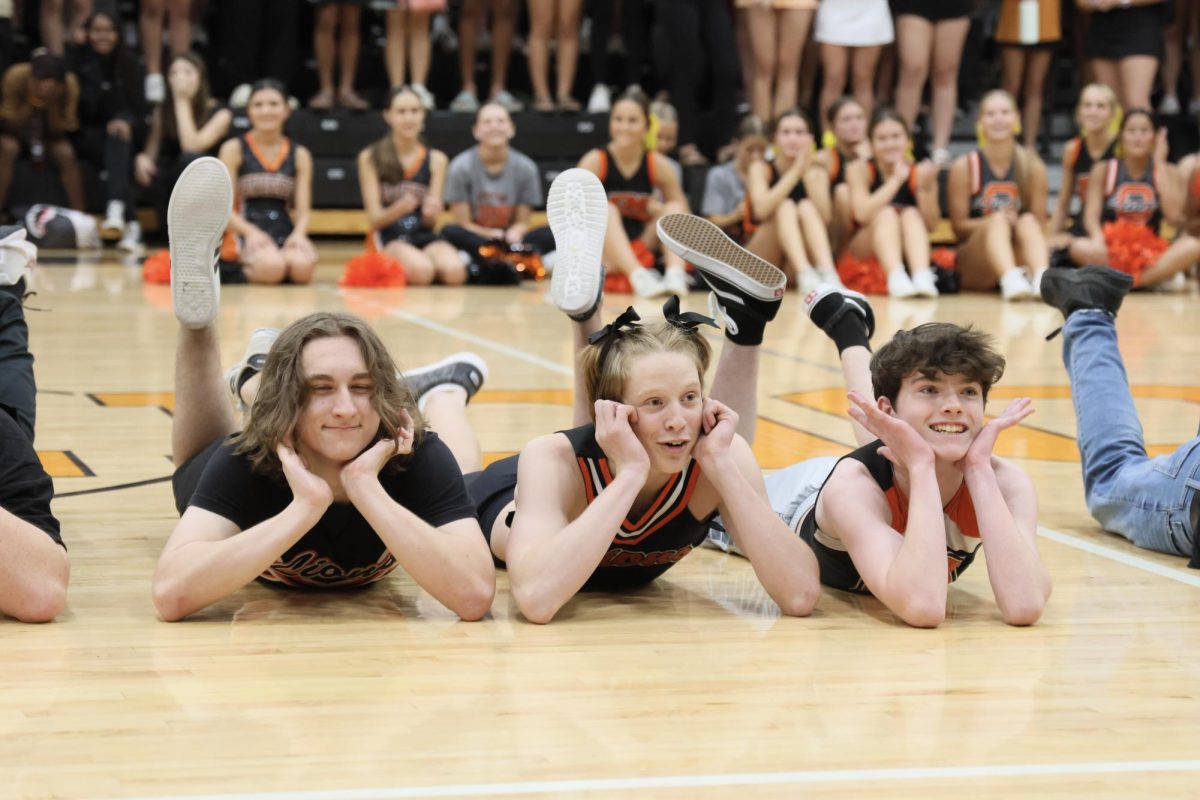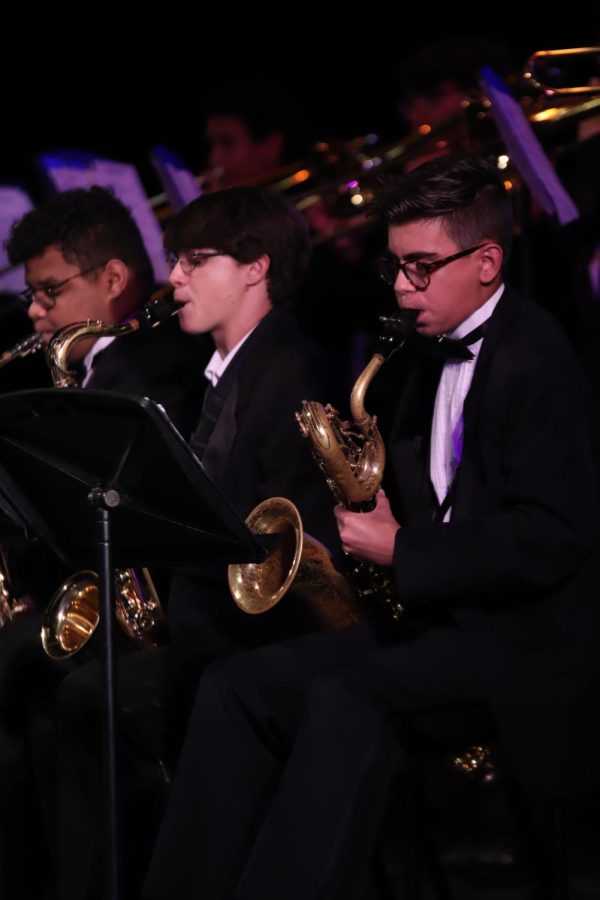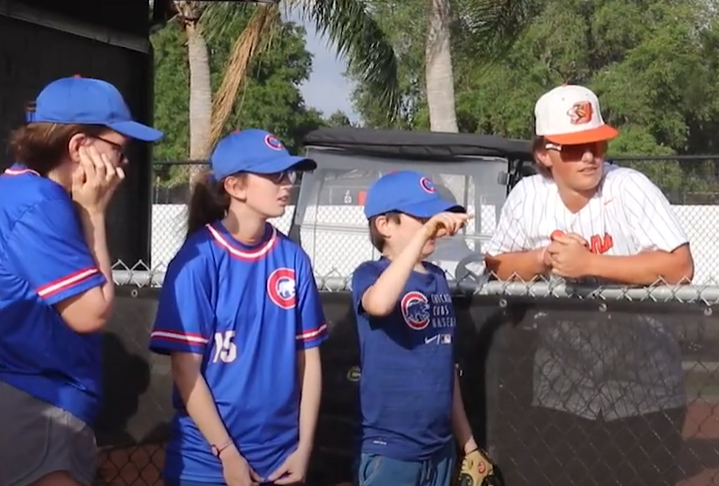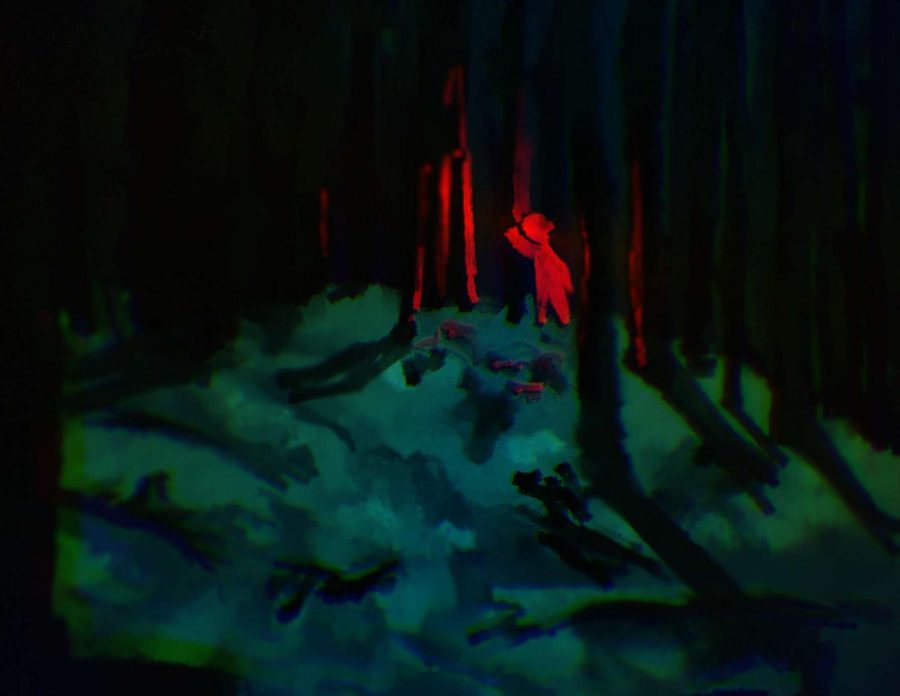Student-athletes fight for college recruitment
Senior Carol Prystup, volleyball, sign to Wofford College on National Signing day.
This story was originally published in the third edition of The Lion’s Tale (January 31st, 2022).
“I am SO excited to announce my verbal commitment to further my education…” is the post that starts the sigh of relief for a student athlete. Peers reposting, family celebrating, and soon a signing day follow this announcement. Even after that, making the younger version of themselves smile knowing they are going places. These are the tools student athletes use to earn this spot. It is all behind the scenes work for these moments, but no one really knows how to get there.
The National Collegiate Athletic Association (NCAA) has rules in place to where college coaches cannot formally reach out or talk to student athletes until the summer of the athlete becoming a junior. Athletes are allowed to email coaches, talk to them, and let them know where they are. OHS’s seniors took it the hardest.
Sara Ferrer, new committee to Newberry College in South Carolina, talked about her struggles of reduriting through COVID.
“The most difficult part of the process was having to recruit through the Covid pandemic,” Ferrer said.
As most know, COVID-19 hit classes of 2020 ,2021 and even 2022. The NCAA gave an extra year for all athletes who were on a college level team leaving what some may call ‘super seniors’ or five to six year ‘seniors’. This left our highschoolers in a dead period in terms of college offers.
“A lot of times you would find yourself getting comfortable with a school and the coaching staff,” Ferrer said. “Then they would inform you that one of their players was deciding to take their extra year of eligibility and you were bumped off of their list.”
Amanda Waggoner, a goalie committed to Belmont College in Tennessee, also experienced the restrictions of COVID.
“Coaches had to watch my games virtually and couldn’t email me back. I also wasn’t allowed to go on any unofficial visits,” Waggoner said.
With staying at home with no person-to-person contact, student-athletes have had to really push themselves to get college coaches attention.
Scott Waisanen, coach of the Oviedo girls soccer team talked about how to talk to coaches.
“Student athletes need to put themselves out there and figure out what schools they like and where they might like to go then be assertive in following up and proactive in contacting schools they are interested in,” Waisanen said.
Scott Dean, the girls lacrosse coach, agreed how important it is for students to be proactive.
“Be proactive in reaching out to coaches…they have hundreds of kids contacting them, so be the one who stands out as always communicating,” Dean said. “It is a long process, but worth it in the end.”
Jen Darty, the girls volleyball head coach and athletic director, emphasized on the point that you are always competing with other athletes in the country.
One element that can be taken into account is whether a college will even look at an athlete because of grades. Greg Odierno, head football coach, explained how important grades are to colleges.
“If you don’t have the grades it doesn’t matter how talented you are,” Odierno said. “You need to have a minimum of a 3.0 score GPA and 1000 SAT.”
Darty added, “grades are incredibly important to a college coach – if you don’t have the grades, they will not be NCAA eligible and can not be recruited.”
When it comes down to two different athletes, a college is going to pick the one who is performing well in the class and the field. With that in mind, our student athletes’ difficulties weren’t just in the classroom, but really were finding the right home.
Senior Ellie Rothfuss, swimmer at OHS, struggled with this.
“I think the hardest part for me was narrowing down schools,” Rothfuss said. “There are so many amazing schools but there comes a time when you have to sit down and list out the pros and cons. I think the easiest part is knowing that (in the end) I’m going to end up getting a great education while also getting to do what I love!”
Daniel Baez, baseball second baseman, also encountered this challenge.
“Out of the whole process was finding what school was the best fit for me.” Baez said. “There are many factors that come in to play when deciding which school to choose such as how much it costs, their athletic programs, the location, and the weather.”
Other athletes’ problems weren’t just picking a new home, but deciding their life for the next ten or more years. Marin Rose, another swimmer, committed to the Naval Academy where after swimming for the team she will then have to dedicate another five years to the Navy.
“Deciding the next nine plus years of my life as a 17-year-old was not easy. But I’m glad I did it,” Rose said.
College and education go hand in hand which explains the “student” part of the name “student athlete.” Andrew Christensen, a senior swimmer, committed to Penn State to continue his business career.
“I have always wanted to go into business and I see college as the best path to being successful, especially to be a part of a great business school at Penn State,” Christensen said.
Caroline Przystup, pin hitter of the girls volleyball team, said how she always dreamed about being in college ever since she was young.
“Ever since I was younger I’ve always seen myself going into a bigger profession whether business or medical,” Przystup said.
Charlie Rose, swim and water polo coach, explained what most athletes should do when looking at schools.
“Make the school your first reason and the athletic team your second,” Rose said. “Try to use your sport to get you into a school where perhaps your academics may not. Be realistic about your performance and shoot for schools that you fit into”
Some athletes also play in a club team, which allows them to play in the “off season” for high school. Riley Finnegan, lacrosse goalie, explained that her club has a recruitment director who helps with the whole process for an athlete.
“She just handles all the kids, she suggests colleges to them, she reaches out to colleges and tells them Hey, there’s this kid that wants to go here,” Finnegan said. “And she just really helps us figure out where we want to go and helps us find schools that kind of pertain to our interest.”
Similar to Finnegan, Alex Saunders, future south dakota football player, also commented on what it was like having a coach help them through the whole process.
“ [Ordieno] really put me on the mat with all these coaches,” Saunders said. “So I was talking to college coaches daily.”
Saunders also explained what it is like to talk to colleges.
“Different ones come here and there, it’s definitely an unpredictable process because you don’t know what’s gonna happen.”
Your donation will support the student journalists of Oviedo High School. Your contribution will allow us to purchase equipment and cover our annual website hosting and printing costs. Thank you!


